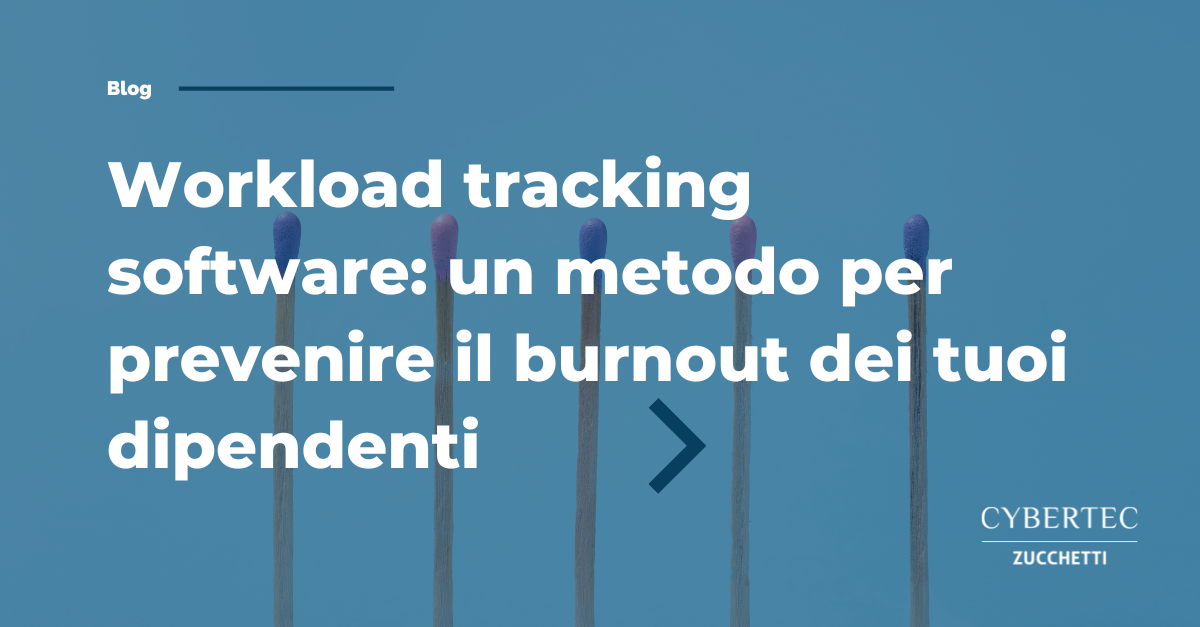Among the most critical responsibilities of the project manager is assigning the right amount of tasks to each member of their team. This is what the project workload consists of, in an efficient management and distribution of tasks within the team.
The objective is to ensure that everyone’s activities are carried out on time, but also that there is a fair balance in the amount of work that each team member must do, to avoid burnout syndrome, a psychophysical condition that results from a work situation perceived as exhausting, in which the worker feels dissatisfied with their work routine and over time can become mentally detached from their employment.
When managed correctly, workload management puts teams in a position to work maximizing performance and makes them satisfied, since everyone knows what volume of work they have to face and manages to achieve qualitatively better results in less time.
Whatis a Workload Tracking Software
A Workload Tracking Software is a tool that simplifies strategies and processes to distribute activities in a balanced way, keeping track of the activities that each team member must carry out, both with regard to project-related activities and routine ones or unavailability.
By mapping the activities and understanding how much time the resources can devote to the projects, it allows you to understand how many activities each person can take care of. To have this data, you need to monitor:
- Projects on which the team is engaged.
- Routine activities that reduce the time spent on projects.
- Break down projects into smaller tasks and workflows.
- Prioritize tasks.
Having visibility into this information can effectively assign tasks to team members. Workload Tracking software helps to enter and keep track of certain information, in particular:
- Start and end date of each activity.
- Resources assigned to tasks based on skills, availability, and experiences.
- Facilitate communication with the team and include them in the planning.
- Share with people the reasons why everyone is assigned to a given task to increase engagement and set the level of expectations right away.
It is also important to maintain visibility on the progress of the projects to know if and where to intervene to change the loads. Monitoring all these activities and updating the data by hand would take a long time, instead a software allows you to have all the information always up to date and in one place.
Why use a Workload Tracking Software
When teams work in multi-project environments, managing workloads can be even more difficult. In this context, workload management affects the ability to accurately plan, efficiently allocate resources, and set achievable due dates.
Underestimating the importance of assigning each team member an appropriate workload means running into problems that in the long run can lead to the loss of key team members, who no longer recognize a work-life balance, and consequently at higher costs, due to the loss of specialized professionalism. Instead, by managing workloads optimally, each team member feels appropriately challenged, motivated, and productive.
Workload tracking software collects information from staff calendars, resource allocation, project management monitoring tools, staffing reports, and workforce planning. In this way, they provide an overview of project activities and give more information about the entire management of a team. In doing so, they save time and make information understandable and shareable thanks to detailed reports and charts.
![]() Viewing the calendar on CyberPlan RSP
Viewing the calendar on CyberPlan RSP
The features of a Workload Tracking Software
The priority features that all companies expect from software of this type concern support in planning activities, keeping track of time and promoting collaboration.
- Integration: the software must be integrated with the management system and other systems in use in the company to facilitate the collection of data in one place, to ensure up-to-date data to all systems and to give users a greater sense of control. Implementation must be easy and not take too long.
- Planning algorithms: to automate repetitive tasks and support planning, especially in multi-project environments where complexity is greater. Algorithms facilitate the planning of workloads by giving more security, speed and effectiveness in making decisions, minimising the possibility of human error, also thanks to the possibility of simulating scenarios.
- Skills and grouped cargo: the evolving market increasingly requires specialized resources. The most advanced software Tracking Workloads allow you to manage resources based on specific skills, allocate them strategically and anticipate the demand related to these figures.
- Multi-horizon visibility: allows you to have a detailed and high-level view of the team’s work, with the possibility of moving from portfolio strategy to daily activities quickly.
![]()
Viewing resource loads and assignments on CyberPlan RSP
CyberPlan RSP: the Workload Tracking Software
Efficiently managing workers and their productivity is essential for a company that wants to work well. Using a system that automates these tasks, with all the associated benefits, can greatly facilitate the work of project managers who have to manage teams committed to multiple projects.
CyberPlan RSP responds to this need and provides the tools to have an optimized and always up-to-date resource load, to manage different types of activities and resources according to skills.
Learn how to get more visibility into your teams and make them more collaborative and productive.
